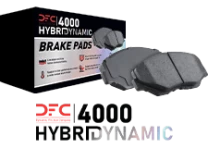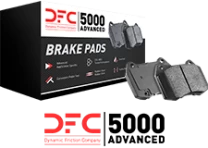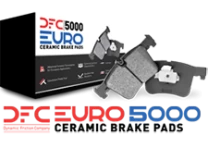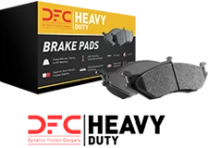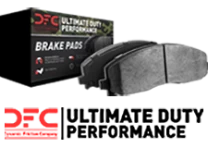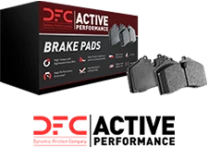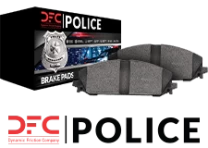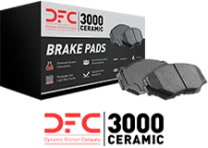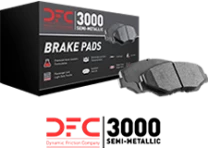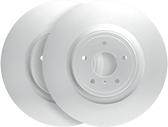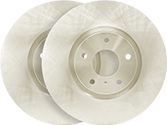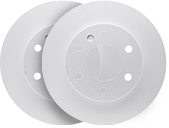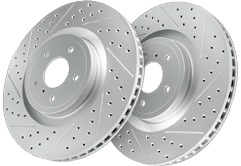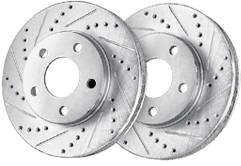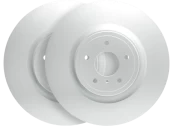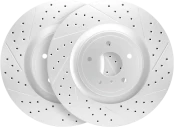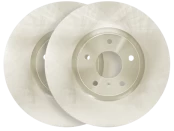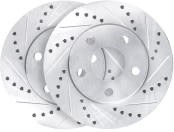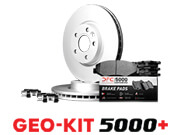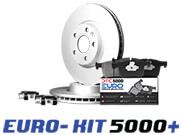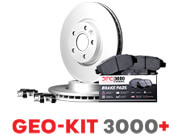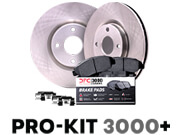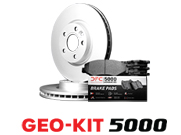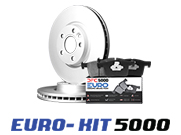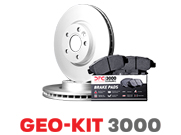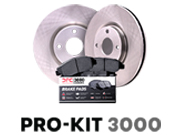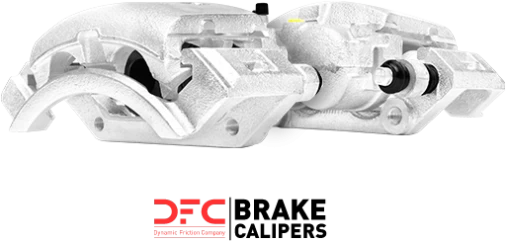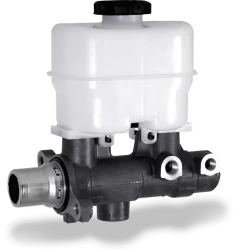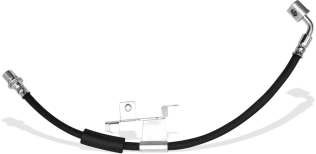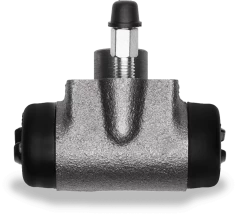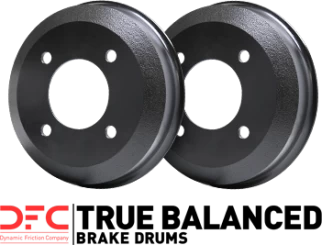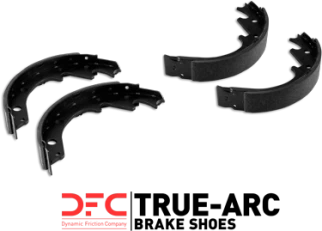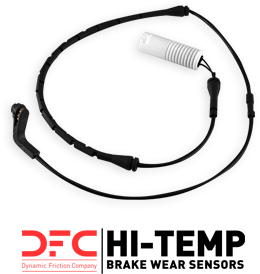When it comes to braking systems, there’s more than meets the eye. Dino Crescentini and Wayne Schaack, two seasoned professionals in the automotive brake industry, recently shed light on the critical factors that influence brake pad performance, including the brake disc, in an engaging discussion. The conversation highlighted how shims and the quality of friction materials play pivotal roles in braking efficiency, noise reduction, and overall durability. Here, we delve into their insights to understand why these components are essential and how they contribute to optimal braking performance.
Introduction to Brake Pads
Brake pads are a crucial component of a vehicle’s brake system, playing a vital role in ensuring safe and reliable braking performance. These essential parts are designed to convert the kinetic energy of a moving vehicle into heat energy, which is then dissipated, allowing the vehicle to come to a stop. The construction of brake pads involves a careful blend of raw materials, including metallic friction materials, organic materials, and other additives. Each of these materials is selected for its unique properties that contribute to the overall braking performance.
Metallic friction materials, for instance, are known for their durability and high friction coefficient, which is essential for effective braking. Organic materials, on the other hand, offer a quieter and smoother braking experience. The combination of these materials ensures that brake pads can provide optimal performance under various driving conditions. The manufacturing process of brake pads is meticulously designed to ensure that these materials are blended and processed correctly, resulting in a product that meets the high standards required for safe and efficient braking.
The Overlooked Role of Shims in Brake Pads
Shims are a crucial yet often underestimated component of brake pads. Crescentini and Schaack emphasized that a shim’s design and material significantly impact the pad’s performance. They explained how shims serve as a dampening layer between the brake pad and caliper, reducing noise and vibrations during braking. However, the effectiveness of shims depends on their construction and how well they align with the brake pad design.
Key takeaways about shims include:
- Shape Matters: Shims should match the brake pad’s contour precisely. Poorly designed or consolidated shims that don’t cover critical contact points can lead to uneven wear and noise issues.
- Material Quality: Rubber-steel-rubber shims, a common choice, need to maintain their integrity under high pressure. Inadequate materials can degrade quickly, exposing the caliper to direct steel contact, resulting in noise and reduced braking performance.
- OEM vs. Aftermarket: While OE (Original Equipment) shims are tailored to exact specifications, aftermarket solutions often sacrifice quality to meet cost constraints. This can compromise long-term reliability.
Metallic Friction Materials: Beyond Formulation
While friction material often takes center stage in brake pad discussions, Crescentini and Schaack highlighted that quality goes beyond the formulation. Even identical formulas can yield vastly different results depending on the source and quality of the raw materials.
Brake lining plays a crucial role in enhancing braking efficiency and protecting braking components. It acts as a barrier that increases friction and prolongs the lifespan of brake parts, similar to brake pads, and is essential for maintaining vehicle safety and performance.
Factors affecting friction material performance:
- Ingredient Sourcing: Premium materials ensure consistent performance, reduce rotor wear, and maintain a smooth braking surface throughout the pad’s lifecycle.
- Manufacturing Process: The art and science of creating brake pads extend to how the ingredients are processed. Poorly processed materials can lead to inconsistent performance, noise, and dust over time.
- Long-Term Durability: Inferior ingredients may perform adequately in initial tests but can break down under prolonged use, leading to scoring on the rotor and noise issues.
The Backing Plate: A Foundation for Success
The backing plate is another component that plays a vital role in ensuring brake pad stability and alignment. Crescentini pointed out that flatness and dimensional accuracy are critical for optimal performance. Without proper attention to the backing plate’s construction, even the best friction material and shims can fail to deliver the desired results.
Why Quality Matters in Reducing Brake Noise
Both experts emphasized the importance of not cutting corners in brake pad manufacturing. While cost constraints are a reality, quality materials and precise engineering ensure that the brake pad performs reliably over its lifetime. High-quality materials and precise engineering also help in reducing brake squeal, which can be caused by vibrations between components and the material properties of the pads.
As Crescentini aptly put it: “If I’m paying good money for a product, I expect it to work not just out of the garage but over time.” This philosophy underscores why DFC’s approach prioritizes superior materials, rigorous testing, and adherence to OEM specifications in all its products.
Performance Testing and Validation
Performance testing and validation are critical steps in the development and manufacturing of brake pads. These processes involve evaluating the braking performance of brake pads under various conditions, including different temperatures, speeds, and loads. The goal of performance testing is to ensure that brake pads meet the required safety and performance standards while also providing a comfortable and quiet braking experience for drivers.
During performance testing, brake pads are subjected to a series of rigorous tests, including:
- Friction Coefficient Testing: This test measures the friction coefficient of the brake pad, a critical factor in determining its braking performance. A high friction coefficient indicates better stopping power, which is essential for safety.
- Braking Performance Testing: This test evaluates the braking performance of the brake pad under various conditions, such as different speeds and loads. It ensures that the brake pad can perform reliably in real-world driving scenarios.
- Noise Testing: This test measures the noise level of the brake pad during braking. Brake noise can be a significant concern for drivers, and this test helps ensure that the brake pad provides a quiet braking experience.
- Wear Testing: This test evaluates the wear rate of the brake pad over time. Understanding the wear characteristics is crucial for determining the lifespan and maintenance requirements of the brake pad.
The results of these tests are used to validate the performance of the brake pad and ensure that it meets the required safety and performance standards. Additionally, the data collected during performance testing is used to optimize the design and manufacturing process of the brake pad, ensuring that it provides optimal braking performance and a comfortable and quiet braking experience for drivers.
In addition to performance testing, brake pads are also subjected to various validation tests, including:
- Dynamometer Testing: This test evaluates the braking performance of the brake pad on a dynamometer, which simulates real-world braking conditions. It provides valuable data on how the brake pad will perform in actual driving situations.
- Vehicle Testing: This test evaluates the braking performance of the brake pad on a vehicle, under various driving conditions. It ensures that the brake pad performs well in real-world scenarios.
- Environmental Testing: This test evaluates the performance of the brake pad in different environmental conditions, including extreme temperatures and humidity. It ensures that the brake pad can withstand various environmental challenges.
The results of these validation tests are used to ensure that the brake pad meets the required safety and performance standards and provides a comfortable and quiet braking experience for drivers.
How DFC Ensures Excellence
Dynamic Friction Company (DFC) sets itself apart by focusing on every component of the brake pad, from shims to friction materials to backing plates. DFC products are engineered to deliver consistent performance, reduced noise, and long-lasting reliability. With premium features like multi-layered shims, high-quality friction materials, and precision-engineered backing plates, DFC ensures that customers get the best value for their investment.
DFC’s products are specifically designed to meet the needs of passenger vehicles, ensuring optimal performance and safety for everyday drivers.
Conclusion
The discussion between Dino Crescentini and Wayne Schaack highlights the intricate balance of art and science in brake pad manufacturing. From the unsung heroics of shims to the critical role of premium friction materials, every component matters. As the automotive industry evolves, these insights remind us that quality and attention to detail are non-negotiable when it comes to safety and performance.
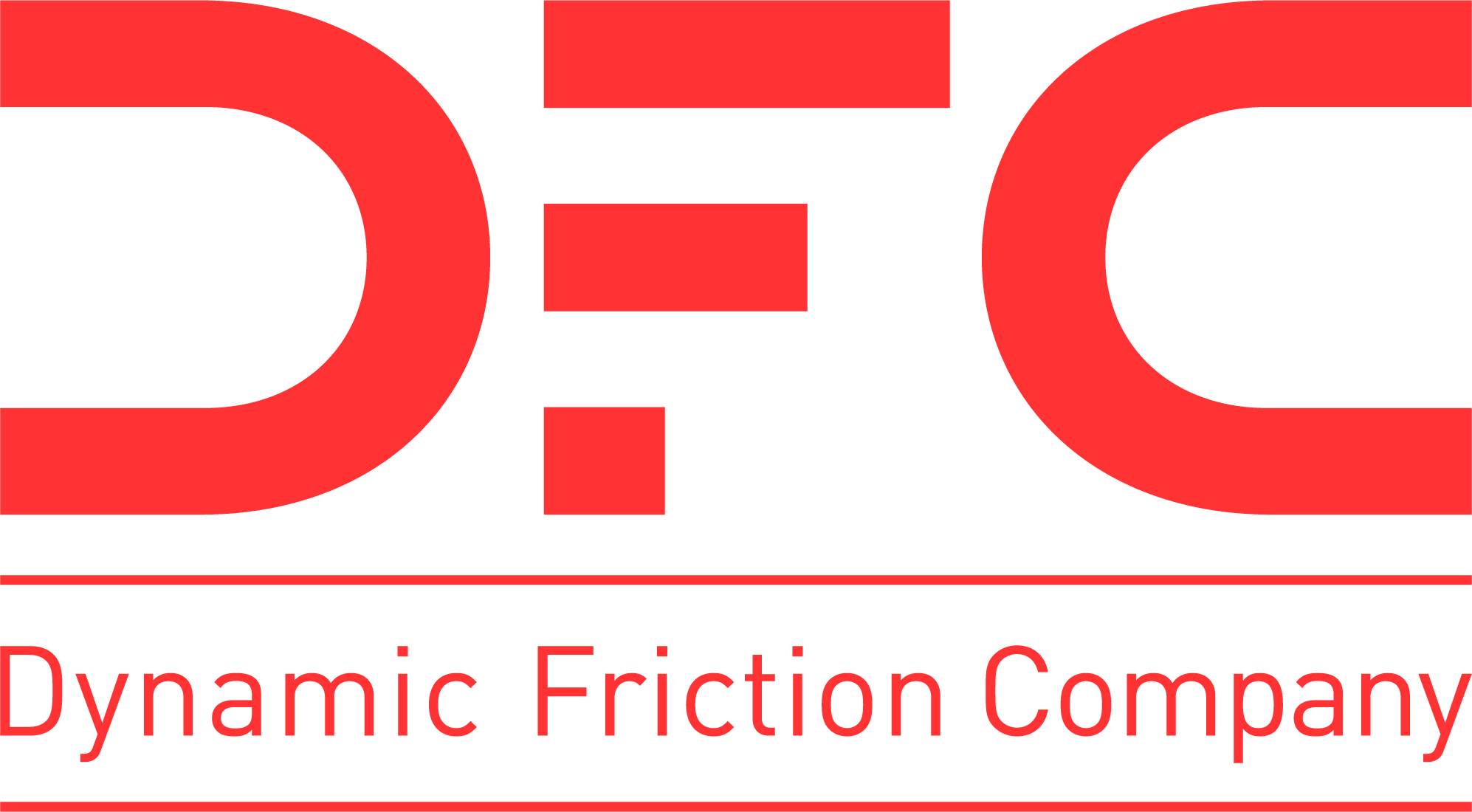
 UNITED STATES
UNITED STATES
